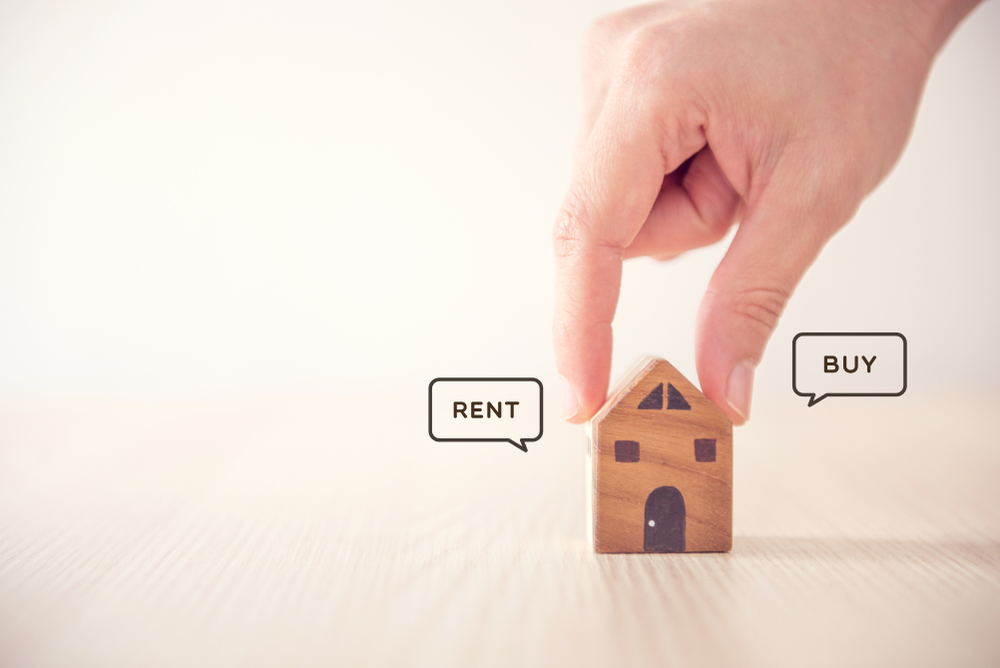Market Perspectives Blog Post
Should You List Your Home for Sale and Rent at the Same Time?

Homeowners often ask whether they should list their home for both sale and rent at the same time. On the surface, it sounds like a way to keep options open. In practice, it often forces a decision sooner than you’d like and limits your flexibility.
The reason is simple: rental markets move faster than sales markets. A qualified tenant can view your home, apply, and be under lease within days. Buyers, on the other hand, typically take weeks to tour, arrange financing, and negotiate terms. If your home is available in both markets, the rental offer is almost always the first to arrive. Once you sign a lease, the sales option disappears until that rental ends. What feels like “testing both” is really just letting the faster-moving market dictate the outcome.
Many owners also imagine they can secure a five- or six-month lease to cover the slow months before the “spring market.” The reality is that unless your home is furnished, it’s very unlikely you’ll find tenants willing to commit for less than a year. Mid-term, unfurnished rentals are a very limited market. Most tenants looking for short stays expect fully furnished, turnkey homes. Without that, you’re almost always committing to a 12-month lease, which means foregoing the opportunity to sell for at least that long.
It’s true that spring in Austin often feels more active, with more buyers entering the market. But waiting for spring is not a guarantee of higher pricing or faster offers. Real estate timing is an art, not a science. Interest rates, inventory levels, and even national economic headlines can shift the market unexpectedly. Holding a property in hopes of better conditions later can sometimes backfire.
This is why protecting both our interests and yours as our client is so important. Marketing a property for sale requires a meaningful investment of resources—professional photography, staging, advertising, agent outreach, and open houses. It doesn’t make sense to invest in a full sales campaign if there’s a strong chance a rental agreement could undercut it. For that reason, we typically require a signed listing agreement covering both rental and sale before moving forward with marketing.
That said, Compass offers a unique advantage through its Private Exclusive program. Even while your home is rented, we can quietly market it to serious, pre-qualified buyers within the Compass network. The listing won’t appear on the public MLS, but it keeps the property in front of potential buyers so you’re not losing momentum during the lease.
At the end of the day, the cleanest approach is to make a choice: rent first or sell first. If your priority is covering carrying costs, be prepared that most leases—without furnishings—will run at least 12 months. If your goal is ultimately to sell, then focusing on the sales market from the outset gives you control and avoids being boxed into a rental timeline. With Compass Private Exclusives, there is some middle ground, but it still requires a clear, deliberate plan.
Trying to “test both” markets at once often reduces flexibility rather than creating it. By choosing the right sequence—and committing to it—you protect your investment, preserve your options, and give yourself the best chance of achieving your financial goals. At Adam Timothy Group, that’s the strategy we help our clients design and execute every day.
Other Market Perspectives Posts

Keep Austin Full of People Who Love It
We don’t just buy and sell homes. We build community by helping clients find their place in the world.
Timothy Powles and Adam Stanley work together on the Adam Timothy Group at Compass RA and manage AT Real Estate Group LLC, a rental and vacation property investment business. We are about building community. We believe a real estate transaction is an important and extremely significant event but relationships last a lifetime. Our clients, partners, and friends trust us to get to know their story and what is most important to them. And we work tirelessly to retain that trust.






